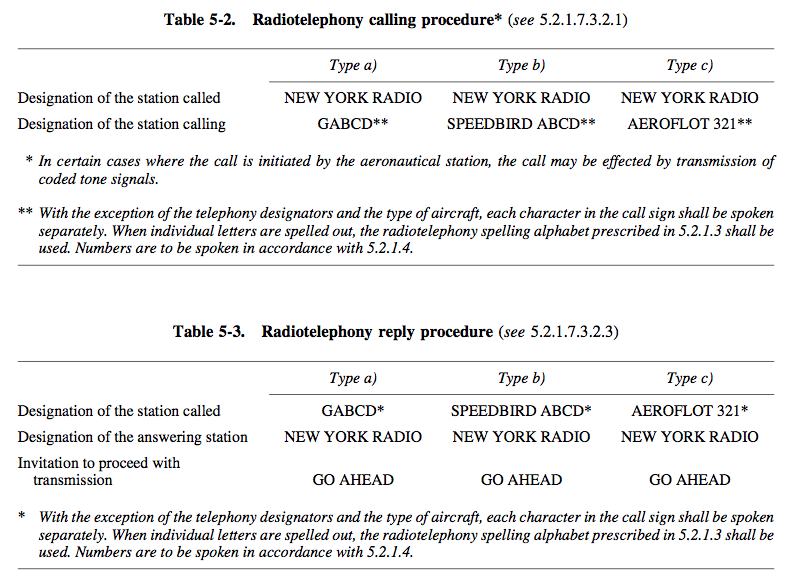The following applies to any "November" registered aircraft flying with the aircraft registration as their call sign. If you have an ICAO registered call sign that is not your aircraft registration, the following does not apply to you.
— James Albright

Updated:
2020-12-29
Generally speaking you are better off pronouncing your entire call sign, starting with "November," when overseas. Remember the controller is probably used to dealing with local aircraft and hearing "November" gets his or her attention. Is this required? No, but advisable. In the U.S., November-registered aircraft are better off self-identifying by aircraft type, which gives the controller an idea of what kinds of altitudes and speeds to expect. In the United States, we are "Gulfstream seven, seven, zero, zero." Overseas we are "November seven, seven, zero, zero."
All that being said, by the book, you can indeed use aircraft type as a prefix, but you still need the "November" as part of the call sign. You need to use the entire call sign on initial call up and are free to abbreviate on subsequent calls. The bottom line: you want to get their attention, you want to avoid confusion, you want to make it easy for Air Traffic Control to understand who you are and what you want.

Radiotelephony call signs for aircraft
5.2.1.7.2.1 Full call signs
5.2.1.7.2.1.1 An aircraft radiotelephony call sign shall be one of the following types:
Type a) — the characters corresponding to the registration marking of the aircraft; or
Type b) — the telephony designator of the aircraft operating agency, followed by the last four characters of the registration marking of the aircraft;
Type c) — the telephony designator of the aircraft operating agency, followed by the flight identification.
Note 1.— The name of the aircraft manufacturer or of the aircraft model may be used as a radiotelephony prefix to the Type a) call sign (see Table 5-1).
Note 2.— The telephony designators referred to in Types b) and c) are contained in Doc 8585 — Designators for Aircraft Operating Agencies, Aeronautical Authorities and Services.
Note 3.— Any of the foregoing call signs may be inserted in field 7 of the ICAO flight plan as the aircraft identification. Instructions on the completion of the flight plan form are contained in PANS-ATM, Doc 4444.
5.2.1.7.2.2 Abbreviated call signs
5.2.1.7.2.2.1 The aircraft radiotelephony call signs shown in 5.2.1.7.2.1.1, with the exception of Type c), may be abbreviated in the circumstances prescribed in 5.2.1.7.3.3.1. Abbreviated call signs shall be in the following form:
Type a) — the first character of the registration and at least the last two characters of the call sign;
Type b) — the telephony designator of the aircraft operating agency, followed by at least the last two characters of the call sign;
Type c) - no abbreviated form.
5.2.1.7.3.2 Establishment of radiotelephony communications
5.2.1.7.3.2.1 Full radiotelephony call signs shall always be used when establishing communication. The calling procedure of an aircraft establishing communication shall be in accordance with Table 5-2.
5.2.1.7.3.3 Subsequent radiotelephony communications
5.2.1.7.3.3.1 Abbreviated radiotelephony call signs, as prescribed in 5.2.1.7.2.2, shall be used only after satisfactory communication has been established and provided that no confusion is likely to arise. An aircraft station shall use its abbreviated call sign only after it has been addressed in this manner by the aeronautical station.
5.2.1.7.3.3.2 After contact has been established, continuous two-way communication shall be permitted without further identification or call until termination of the contact.
5.2.1.7.3.3.3 In order to avoid any possible confusion, when issuing ATC clearances and reading back such clearances, controllers and pilots shall always add the call sign of the aircraft to which the clearance applies.
Source: ICAO Annex 10, Vol II, ¶5.2.1.7.2.
References
(Source material)
ICAO Annex 10 - Vol II - Communication Procedures, International Standards and Recommended Practices, Annex 10 to the Convention on International Civil Aviation, Vol II, Seventh Edition, July 2016

